Search
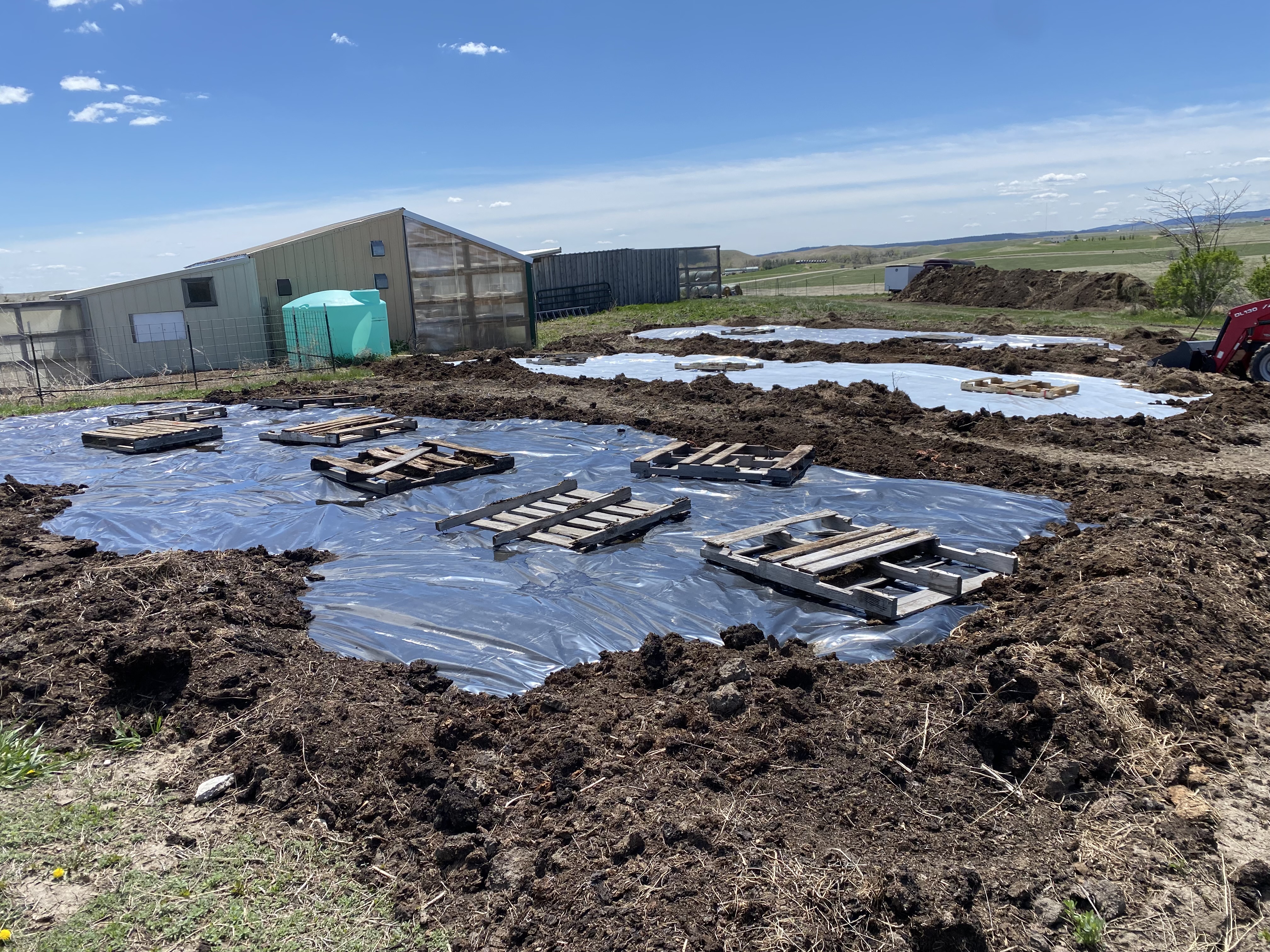
South Dakota Vegetable Grower Experiences with Soil Tarping and Solarization during the 2024 Field Season
Research report on South Dakota vegetable grower experiences with soil tarping and solarization during the 2024 season

Wellness
Our programs are designed to improve the quality of life for individuals and families, and the communities in which they live, work, and play.
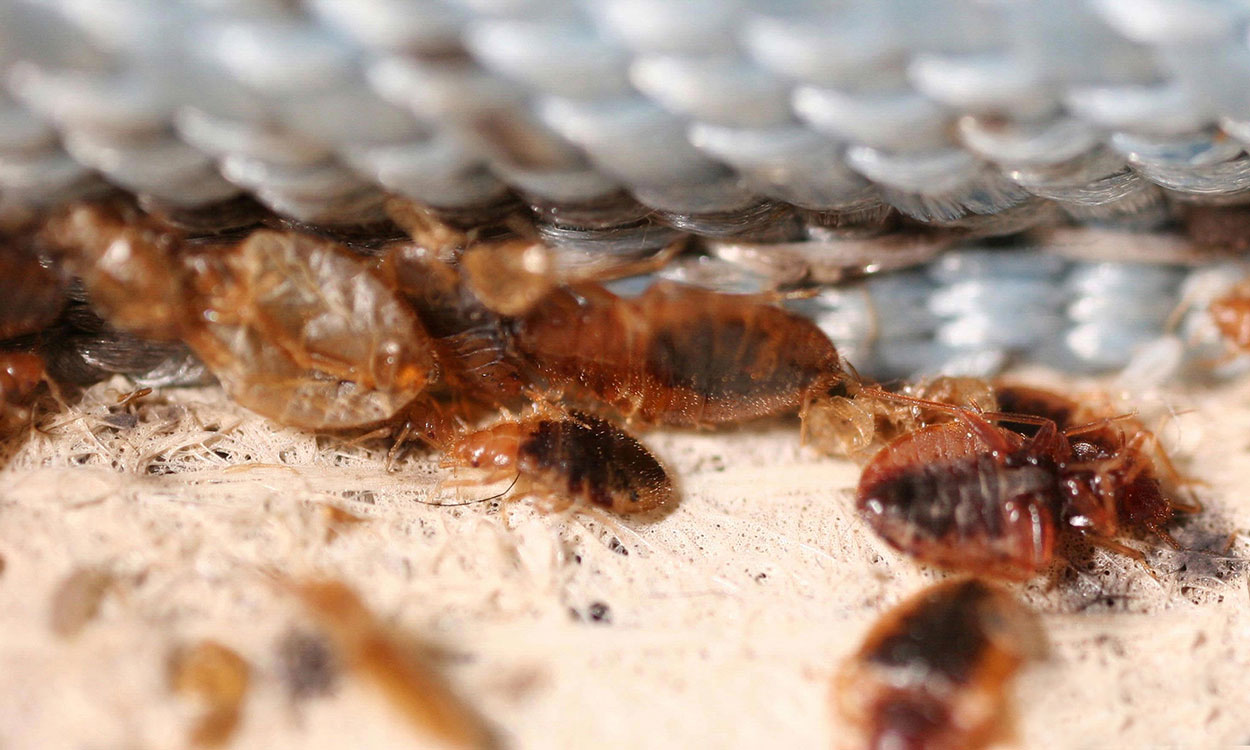
Bed Bugs: What You Need To Know
When it comes to household pests, bed bugs can make almost anyone cringe. These tiny, vampire-like critters are pests of humans and can become a persistent problem when they infest homes.
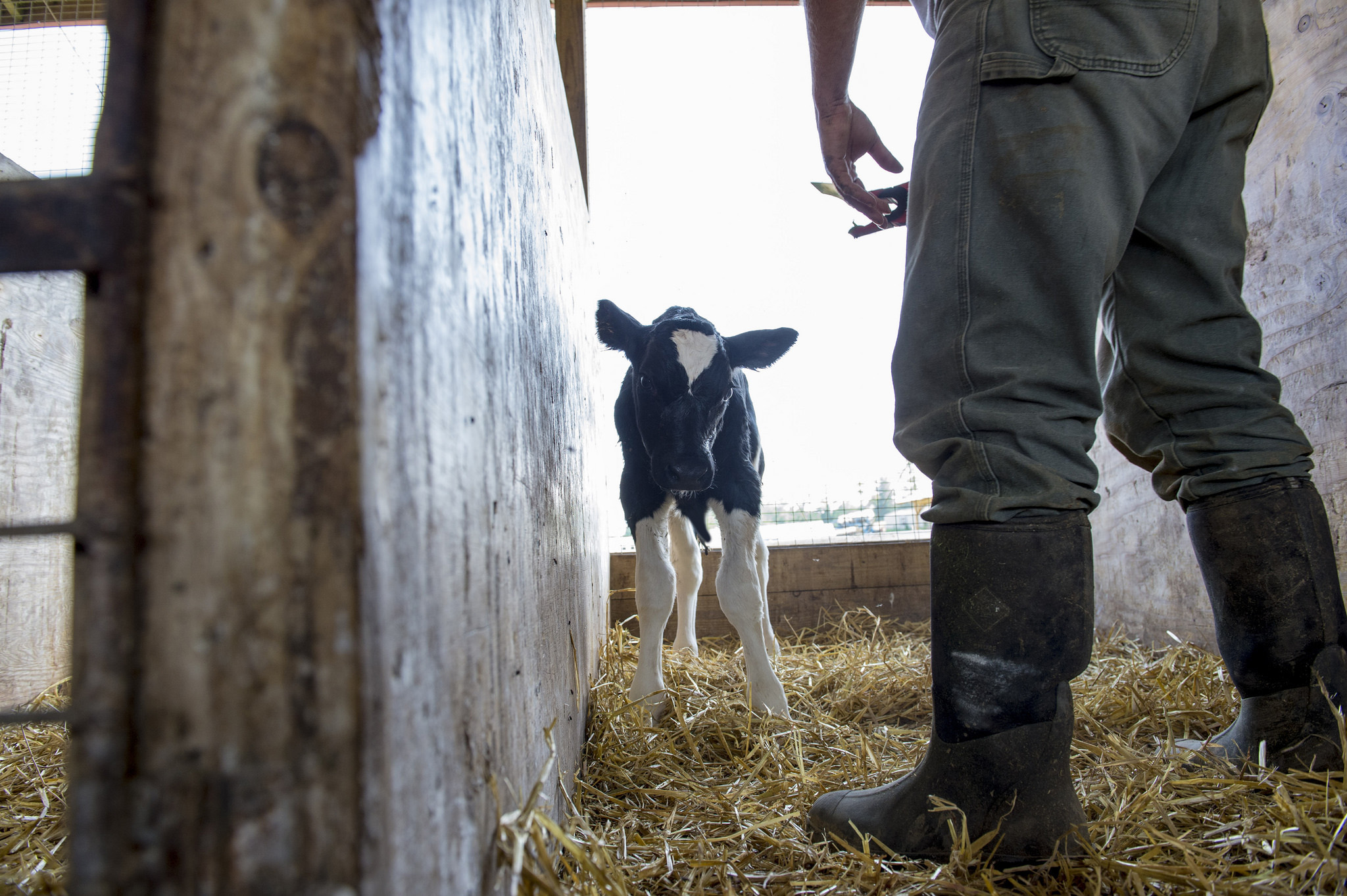
How did a Poultry Germ Change to Cause Severe Disease in Calves and People?
In 2015, a specific strain of a germ called Salmonella heidelberg made 56 people sick in 15 different states.
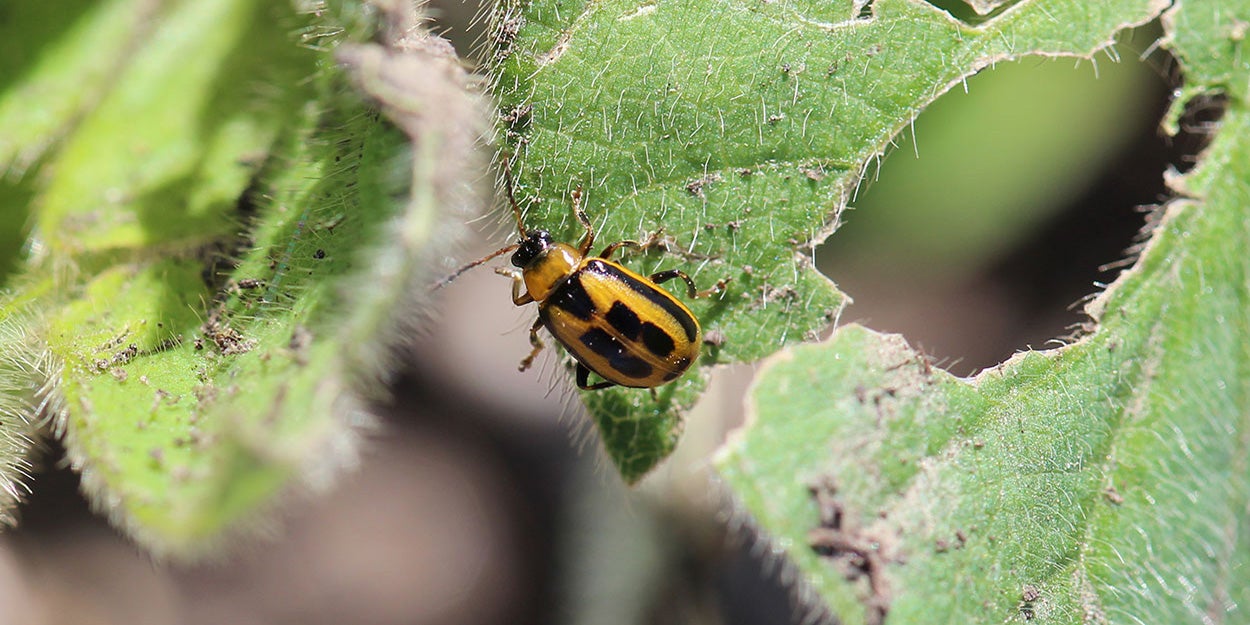
Overwintering Population of Bean Leaf Beetles Are Active In Soybean
While scouting soybeans this week, extensive defoliation caused by bean leaf beetles was observed. Although insecticide seed treatments will reduce the threat of bean leaf beetle feeding during this time of the season, soybean fields should still be scouted.

Looking Back: A History of Wheat Production in SD
In spite of the open winter and some of the worst drought conditions in history, South Dakota ended up with a very good wheat crop in terms of yield and quality in 2012. The winter wheat yields averaged 50 bushels to the acre; second highest average yield in SD recorded history.
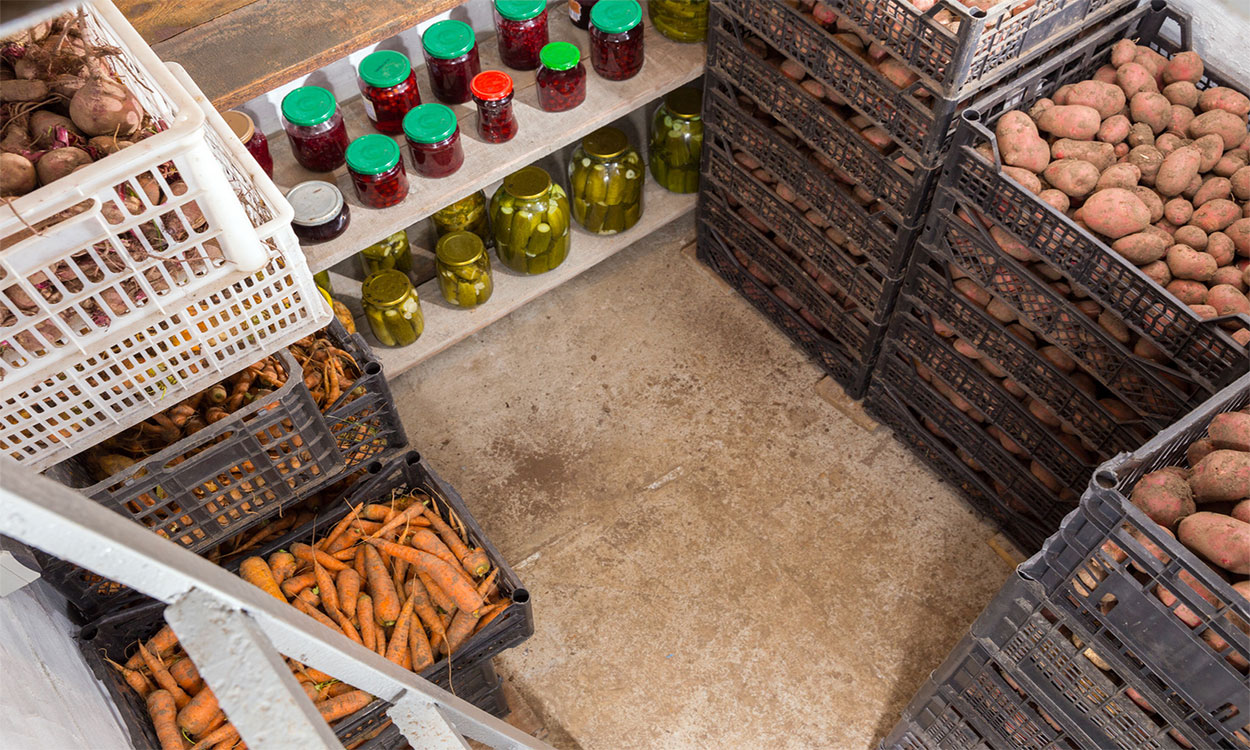
Storage Life of Vegetables
The storage life of various types of vegetables can be extended by several days or even months by keeping them at recommended temperature and humidity levels.
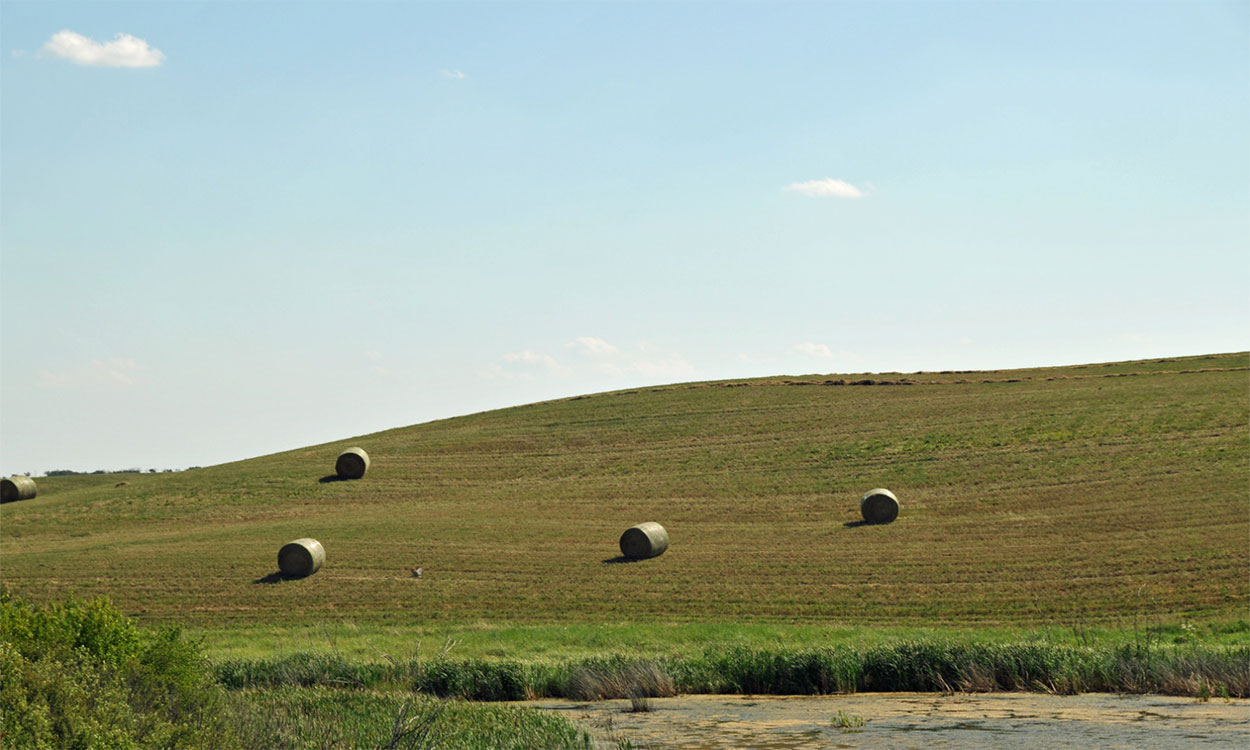
Haying and Mowing/Clipping
While grazing is the primary means of harvesting the majority of South Dakota’s native grasslands, haying also plays an important role in native and tame grassland management.
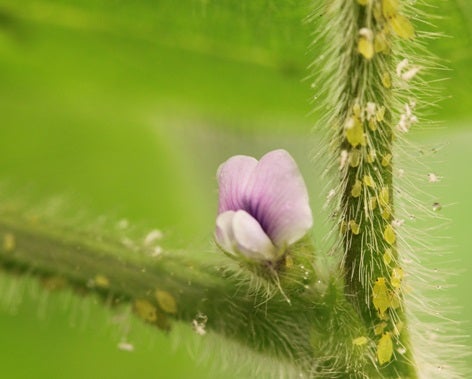
Why the 250 Threshold is Still Appropriate for Soybean Aphids
When gearing up for soybean aphid scouting, it is important to think about the population densities that warrant insecticide management.
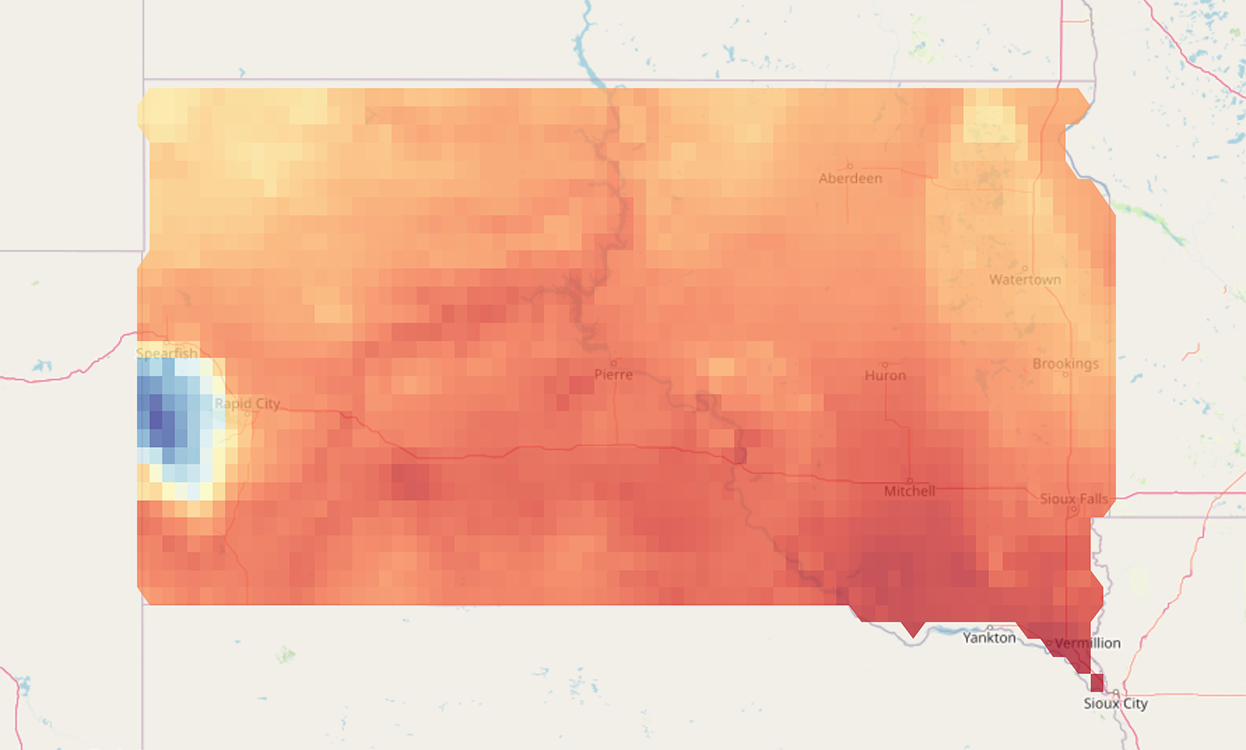
South Dakota Grazing Readiness Spring Turnout Map
The South Dakota Grazing Readiness Map uses historical climate data to provide livestock producers with a range of spring turnout dates for their location based on grass type.